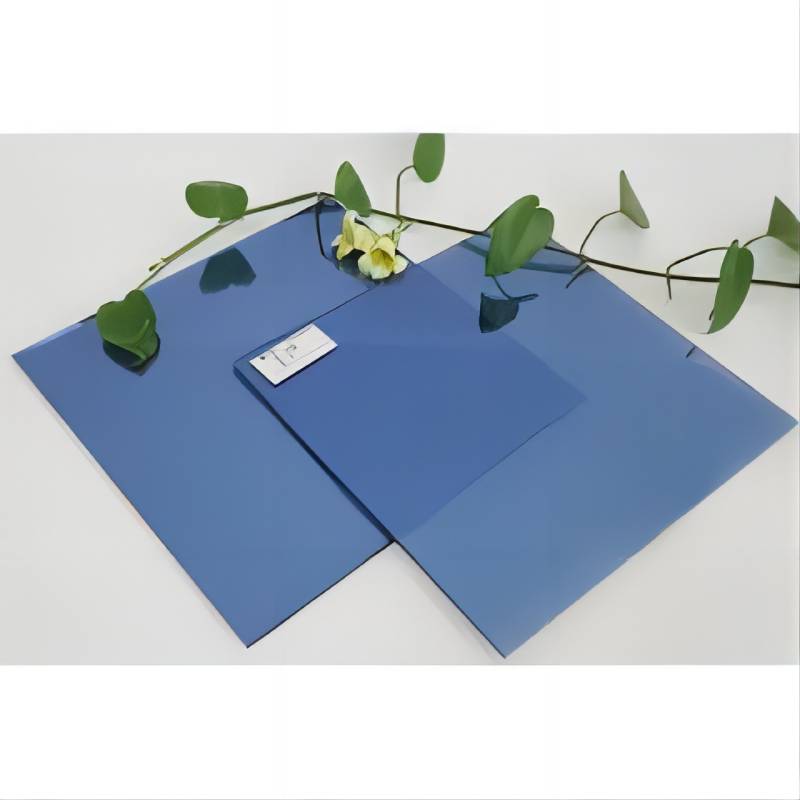Understanding Low Iron Glazing Enhancing Aesthetic and Functionality
Low iron glazing is a specialized glass technology that has gained significant popularity in modern architecture and interior design. This type of glazing is distinguished by its exceptionally low iron content, which results in a much clearer and more transparent product compared to standard glass. To understand the benefits and applications of low iron glazing, it is important to explore its composition, advantages, and industry uses.
Standard float glass contains iron oxide, which imparts a greenish tint, particularly noticeable in thicker panels. The presence of iron can result in reduced clarity, with colors appearing distorted, particularly in architectural settings where natural light is paramount. In contrast, low iron glazing is manufactured by eliminating most of the iron content, allowing for greater light transmission (up to 91%) and true color representation. This feature makes it an ideal choice for applications where aesthetics and visual clarity are critical.
One of the most significant benefits of low iron glazing is its ability to enhance the appearance of both internal and external glass structures
. When incorporated into building facades, skylights, or indoor features, low iron glazing allows for a crisper view of the outdoors, maximizing natural light and minimizing the green tint typically associated with standard glass. This trait has made it a popular option in contemporary architectural designs, where transparency and light play pivotal roles. Outdoor views become clearer, creating a seamless connection between interior spaces and the natural environment.
low iron glazing
Furthermore, low iron glazing provides high performance in terms of energy efficiency. Many low iron glass products are available with various coatings that enhance their thermal insulation properties. This means they can contribute to a building's energy efficiency by reducing heat transfer, leading to lower heating and cooling costs. Additionally, they offer excellent UV protection, which helps in preserving interior furnishings from fading caused by prolonged exposure to sunlight.
Another crucial aspect of low iron glazing is its versatility. It can be used in a variety of applications, ranging from residential homes to large commercial buildings. Architects and designers often choose low iron glass for curtain walls, glass railings, and even furniture design, thanks to its aesthetic appeal and structural integrity. Its strength and durability make it suitable for public spaces, such as shopping centers and museums, where safety and visual clarity are paramount.
In addition to its visual and functional benefits, low iron glazing is also considered an environmentally friendly choice. The production processes for low iron glass tend to be more sustainable, with a focus on reducing waste and energy consumption. Many manufacturers adhere to environmentally responsible practices, ensuring that their glass products can contribute to LEED (Leadership in Energy and Environmental Design) certification for green buildings.
In summary, low iron glazing represents a significant advancement in glass technology, offering enhanced clarity, energy efficiency, and aesthetic appeal. Its ability to provide an unobstructed view and maximize natural light makes it a favored choice among architects and designers looking to create functional, beautiful spaces. As sustainability becomes increasingly important in modern construction, low iron glazing also offers an eco-friendly alternative that aligns with today’s design and environmental standards.
 Afrikaans
Afrikaans  Albanian
Albanian  Amharic
Amharic  Arabic
Arabic  Armenian
Armenian  Azerbaijani
Azerbaijani  Basque
Basque  Belarusian
Belarusian  Bengali
Bengali  Bosnian
Bosnian  Bulgarian
Bulgarian  Catalan
Catalan  Cebuano
Cebuano  Corsican
Corsican  Croatian
Croatian  Czech
Czech  Danish
Danish  Dutch
Dutch  English
English  Esperanto
Esperanto  Estonian
Estonian  Finnish
Finnish  French
French  Frisian
Frisian  Galician
Galician  Georgian
Georgian  German
German  Greek
Greek  Gujarati
Gujarati  Haitian Creole
Haitian Creole  hausa
hausa  hawaiian
hawaiian  Hebrew
Hebrew  Hindi
Hindi  Miao
Miao  Hungarian
Hungarian  Icelandic
Icelandic  igbo
igbo  Indonesian
Indonesian  irish
irish  Italian
Italian  Japanese
Japanese  Javanese
Javanese  Kannada
Kannada  kazakh
kazakh  Khmer
Khmer  Rwandese
Rwandese  Korean
Korean  Kurdish
Kurdish  Kyrgyz
Kyrgyz  Lao
Lao  Latin
Latin  Latvian
Latvian  Lithuanian
Lithuanian  Luxembourgish
Luxembourgish  Macedonian
Macedonian  Malgashi
Malgashi  Malay
Malay  Malayalam
Malayalam  Maltese
Maltese  Maori
Maori  Marathi
Marathi  Mongolian
Mongolian  Myanmar
Myanmar  Nepali
Nepali  Norwegian
Norwegian  Norwegian
Norwegian  Occitan
Occitan  Pashto
Pashto  Persian
Persian  Polish
Polish  Portuguese
Portuguese  Punjabi
Punjabi  Romanian
Romanian  Russian
Russian  Samoan
Samoan  Scottish Gaelic
Scottish Gaelic  Serbian
Serbian  Sesotho
Sesotho  Shona
Shona  Sindhi
Sindhi  Sinhala
Sinhala  Slovak
Slovak  Slovenian
Slovenian  Somali
Somali  Spanish
Spanish  Sundanese
Sundanese  Swahili
Swahili  Swedish
Swedish  Tagalog
Tagalog  Tajik
Tajik  Tamil
Tamil  Tatar
Tatar  Telugu
Telugu  Thai
Thai  Turkish
Turkish  Turkmen
Turkmen  Ukrainian
Ukrainian  Urdu
Urdu  Uighur
Uighur  Uzbek
Uzbek  Vietnamese
Vietnamese  Welsh
Welsh  Bantu
Bantu  Yiddish
Yiddish  Yoruba
Yoruba  Zulu
Zulu 

